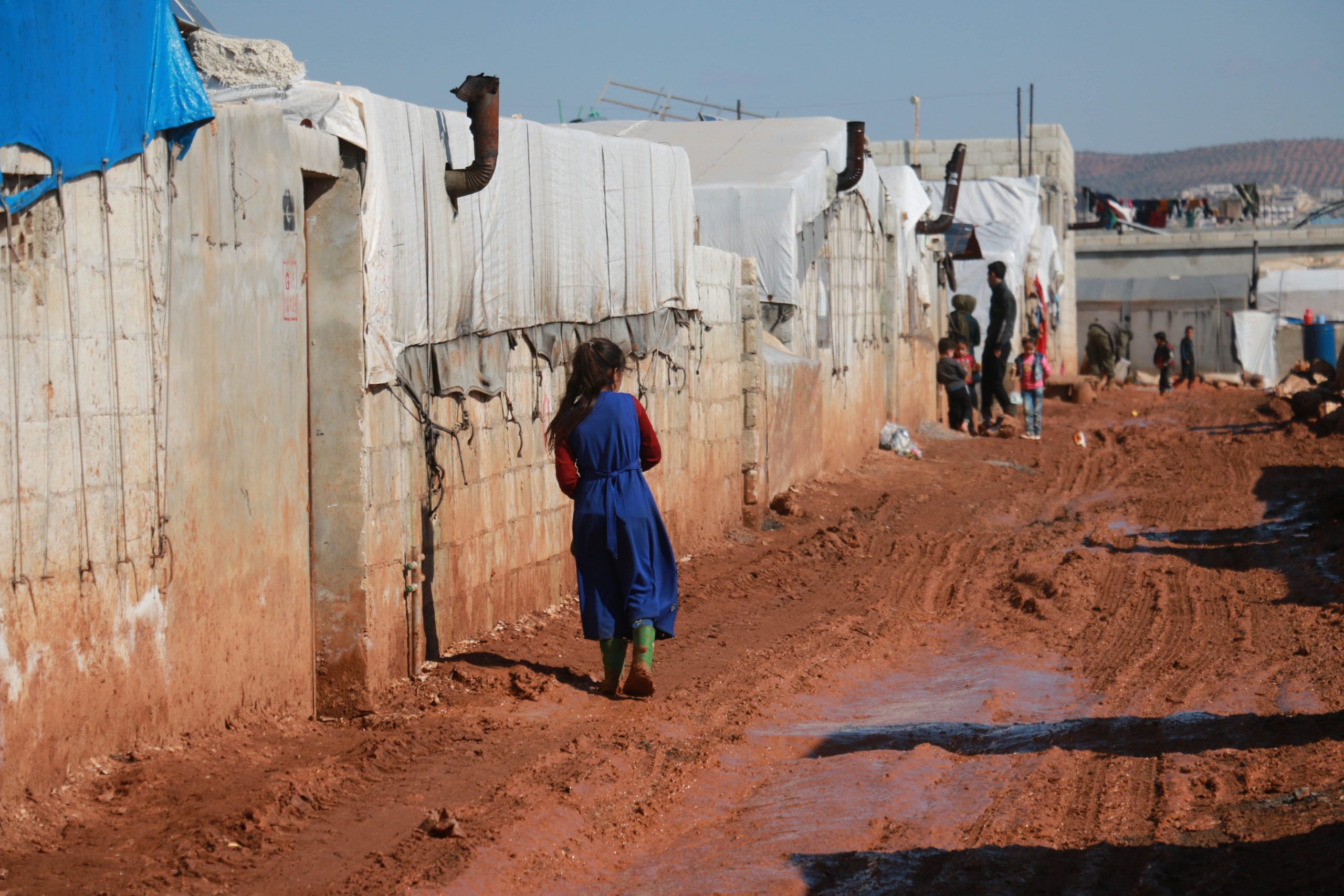Almost 70% of global refugees originate from only five countries – Syria, Venezuela, Afghanistan, South Sudan and Myanmar.
The rise to power of the Taliban in Afghanistan has exacerbated an already pressing refugee crisis stemming from the South Asian country.
The United Nations (UN) has called on world powers to accept Afghan refugees and refrain from deportations.
Horrifying scenes of people latching onto aircrafts at Kabul’s Hamid Karzai International Airport earlier this week spiked global concerns over the fate of Afghans desperate to flee.
According to UN High Commissioner for Refugees (UNHCR), global displacement was estimated to have reached a record high of 80 million people by 2020.
Of these, approximately 26.3 million individuals were formally designated as refugees, 45.7 million were internally displaced persons (IDPs), 4.2 million were asylum seekers.
War and ethnic, tribal and religious violence have been the leading causes of refugee crises worldwide. 68% of those displaced across borders come from just five countries – Syria, Venezuela, Afghanistan, South Sudan and Myanmar.
Afghanistan
One in 10 refugees come from Afghanistan, making it the country of origin for the second-largest refugee population in the world. Some 2.7 million refugees in the world are Afghan by birth and over 88 percent of Afghan refugees are hosted in neighbouring countries Pakistan and Iran.
Within Afghanistan, 4 million people are internally displaced. However, with the recent developments and rise to power of the Taliban, the refugee crisis is only bound to get worse.
An estimated 400,000 people in the country have been forced to flee their homes since the beginning of 2021, according to the United Nations’ refugee agency.
https://twitter.com/dohanews/status/1428244333820588034
Foreign affairs experts have warned that a mass exodus of refugees fleeing Afghanistan could spark another migration crisis.
As the Taliban’s rule engulfed the country following a rapid nationwide offensive, horrifying scenes of people attempting to hold onto evacuation aircrafts at Kabul’s airport made global headlines.
Since the 2011 Syrian civil war broke out between Bashar Al-Assad’s Syrian Arab Republic and anti-government local and foreign forces, Syria has been home to the world’s worst refugee crisis thus far. In the last decade, more displaced people have fled Syria than any other country.
Syrian refugees make up more than a quarter of the total global refugee population. As of last year, 6.6 million Syrians have sought refuge, primarily in Lebanon, Jordan, Iraq, Egypt, and Turkey.
Meanwhile, 6.7 million people are internally displaced within Syria. This means 13.5 million Syrians in total are forcibly displaced, more than half of the country’s population.
Myanmar
The Rohingya people, one of Myanmar’s ethnic Muslim minorities, have suffered from systematic racism, statelessness and targeted violence for decades in the country’s Rakhine State.
UN Secretary-General Antonio Guterres has described the Rohingya people as “one of, if not the, most discriminated people in the world.”
August of 2017 saw a Rohingya exodus, when militants launched deadly attacks on civilians. Over 1 million Rohingya refugees have fled ongoing violence in the country, many of which finding themselves in what is referred to as the world’s largest refugee camp in the world: Cox’s Bazar, Bangladesh.
The violence against the Rohingya in Myanmar has resulted an ethnic cleansing campaign in which entire villages were burned to the ground, families were separated and killed, and women and girls were sexually assaulted.
The government of Myanmar denies the Rohingya people citizenship, even excluding them from the 2014 census. It also refuses to recognise them as a people.
South Sudan
Almost 2.3 million South Sudanese have fled to neighbouring countries and 1.87 million remain internally displaced in South Sudan, making it the largest refugee crisis in Africa and the third largest refugee crisis in the world.
South Sudan was establish in 2011 after a civil war. In 2013, internal conflict was instigated, which led to a dangerous environment rife with armed conflict, economic decline, disease and hunger.
The dire situation in the east African country has forced millions to flee and left millions more internally displaced. 80% of South Sudanese refugees are women and children.
UN refugee chief thanks Qatar for global humanitarian assistance amid Afghan crisis
Most South Sudanese refugees are living in neighbouring African countries, including Sudan, Uganda, Ethiopia, Kenya and the Democratic Republic of the Congo.
Kenya’s Kakuma refugee camp and its expansion site, Kalobeyei settlement, host over 106,000 South Sudanese refugees. It is one of the largest South Sudanese refugee populations in the world.
Venezuela
The Venezuelan migration and refugee crisis is the largest recorded refugee crisis in the Americas. There are 5.4 million refugees and migrants from Venezuela worldwide, and over 800,000 asylum-seekers from Venezuela globally.
Refugees and displaced peoples have fled Venezuela to escape violence, economic insecurity and threats as well as lack of food, medicine and essential services. The Venezuelan economic crisis is known as one of the most severe in recent economic history.
Ongoing political, human rights and socio-economic deteriorations in Venezuela have pressed for a growing numbers of men, women and children to leave for neighbouring countries.
This includes Argentina, Brazil, Chile, Colombia, Costa Rica, Ecuador, Mexico, Panama, Peru and the southern Caribbean.
There has been an 8,000 percent increase in the number of Venezuelans seeking refugee status worldwide since 2014.
Although Covid-19 related border closures have reduced the number of those fleeing Venezuela, over the past few months, up to June 2021, approximately 1,800 to 2,000 people a day have been leaving the country.
As of the end of last year, the UNHCR “indicated that 3.9 million Venezuelans were designated as being displaced abroad without formal refugee status – but still judged in need of international protection – up from 3.6 million in 2019.”
Follow Doha News on Twitter, Instagram, Facebook and Youtube







